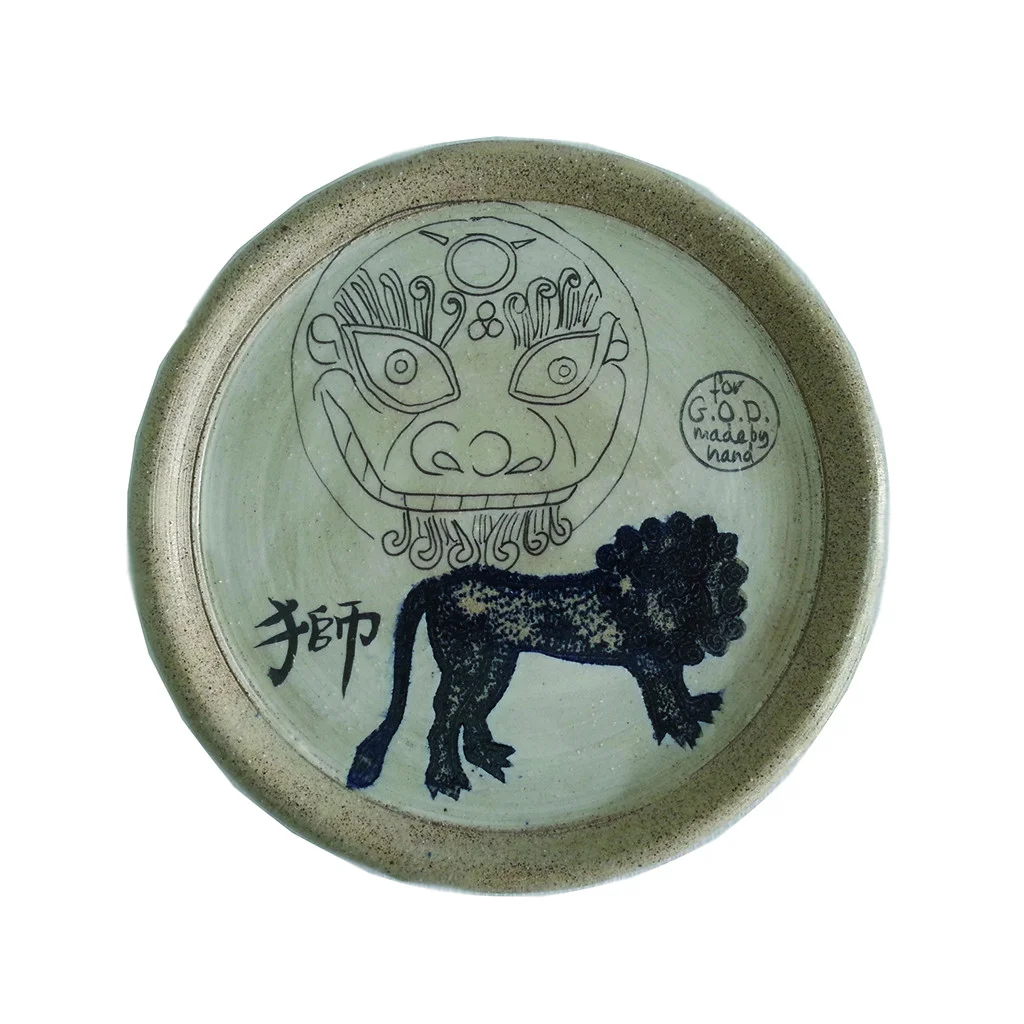Rachel Smith is a ceramics artist based in Hong Kong & contributor to ArtMap HK:
Ketty and I shared a studio in Kwai Hing, in an old factory building in a traditional working-class neighborhood in Hong Kong at a stage in our lives when we were both struggling to make sense of the experience of being outsiders in this vibrant and challenging city. At the same time we were searching for the pathway that an artist might follow through the postmodern, postcolonial metropolis that leads, if not to enlightenment, at least to a degree of creative fulfilment.
Ketty’s background as a Harvard trained lawyer inevitably informs her approach to life and the disillusionment she felt whilst practising in her native Haiti contributes to the process she now explores as an artist. Her work is intuitive and aspires to envelop its viewers in an occasionally melancholic, although ultimately optimistic vision of the state of humanity in the modern world.
Ketty does not attempt to pin down the world directly through observational sketches forming the foundation to her painting, although she sometimes incorporates photographs on her canvasses, rather she allows the multiple influences on her subconscious to flow organically into the substance of her artworks. The blank white studio with its walls of windows allows Ketty’s imagination freedom to explore her ideas through colour and brushstroke that capture her psychic energy and produce abstract and intuitive pieces.
Sometimes forms appear through the paint such as the recurring motif of the egg as a symbol of new life and frequently the image of a vagina nestling beneath the colours, suggesting the rebirth both of the artist and her [native or adopted] homeland.
Colour and texture inform Ketty’s work with reference to the natural world and with the quality of light that have obsessed so many artists in the past. Turner, Monet, Whistler might set the precedent for Ketty’s works, she is after all a trained artist who adopts an intuitive, by contrast to an overtly calculated approach, rather than an entirely self taught outsider. Her persistent use of paint as a means of creative expression, rather than video or performance, for example, hint at the early post-war period of abstraction as expounded by William Gear, Jackson Pollock and Roger Hilton. Although this clearly presents a rather Euro-centric view that is informed by my own internal catalogue of visual reference rather than representing a direct linear connection of artistic antecedents to Ketty’s stylistic approach.
For a female artist abstraction offers some degree of freedom from the gender stereotyping that can serve to restrict opportunities for self-expression. However Ketty’s powerful vision also shines clearly through the various artistic oeuvres that she incorporates in her work as illustrated in the fans and ink and calligraphy pieces produced in Hong Kong.
Ketty aims to hint at the subject matter of the paintings, religious overtones also sometimes surfacing within them, rather than proselytise or prescribe their meanings. She encourages the viewer to search for their own understandings and ultimately to trust the feeling and intuitions that the paintings themselves portray.
Starting a new career in the middle of life produces many challenges for the artist especially for a woman of maturing years, and this I am at liberty to state as I share the experience, yet Ketty’s painting presents her warmness, positivity and generosity both as an individual and as an artist without recourse to bitterness at life’s many injustices. She touches those who view her works with a generosity of spirit that affords us an opportunity to glimpse light even in the darkest moments and to reflect on the possibilities open to us if we can only believe in our better selves and act accordingly.
